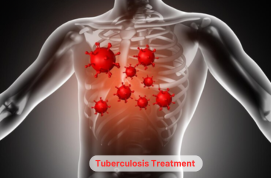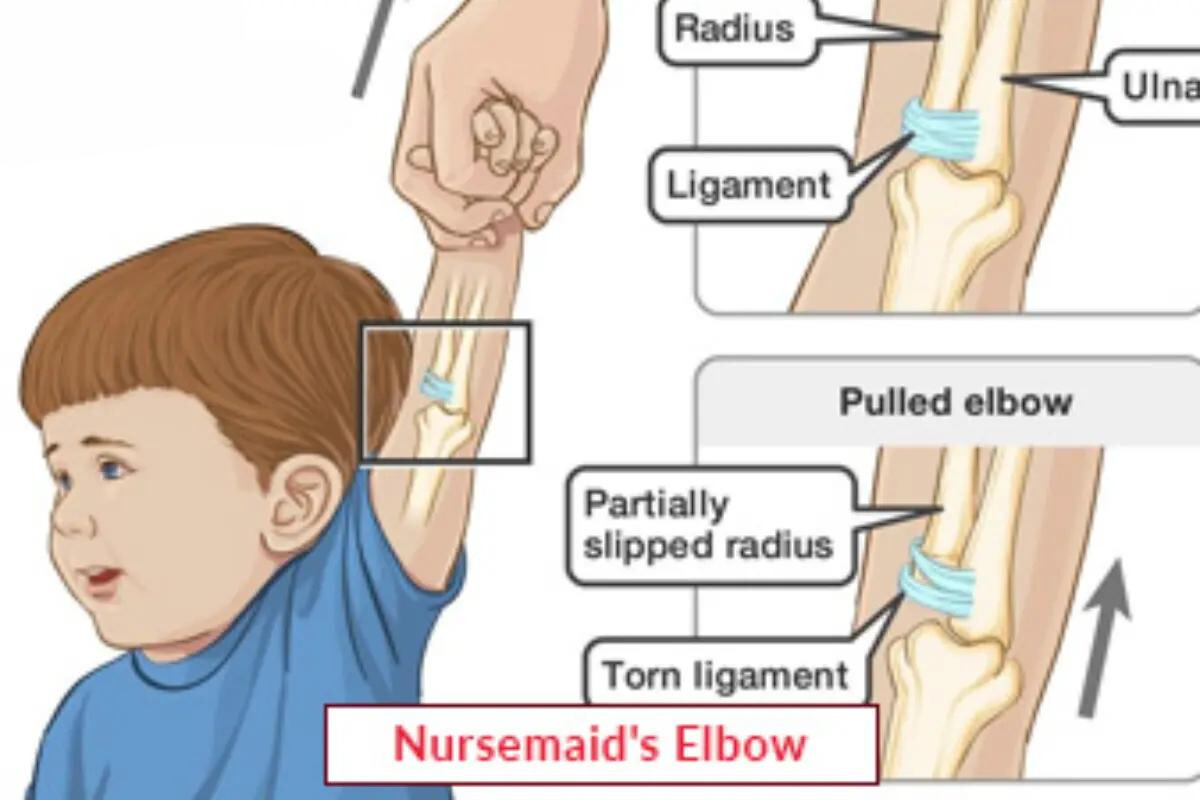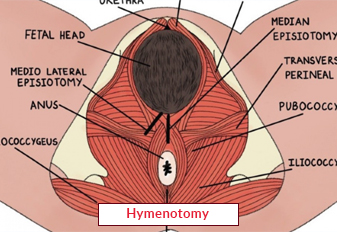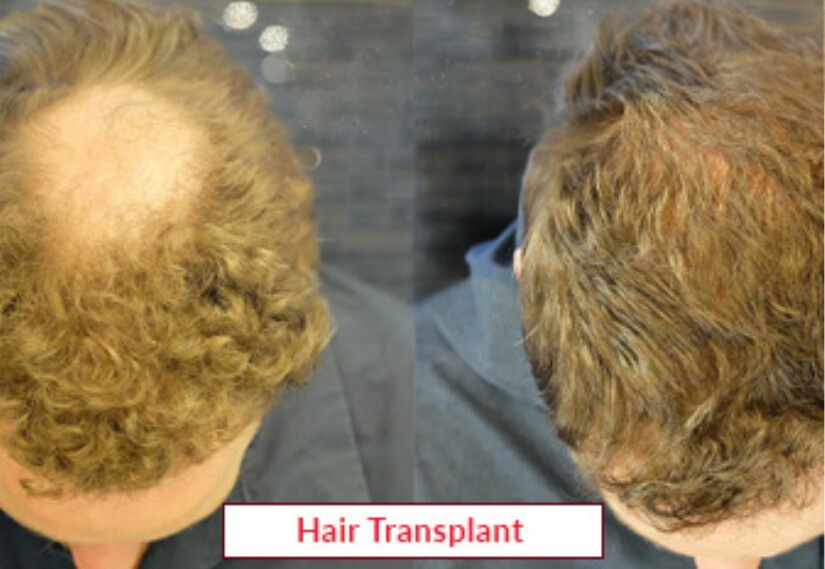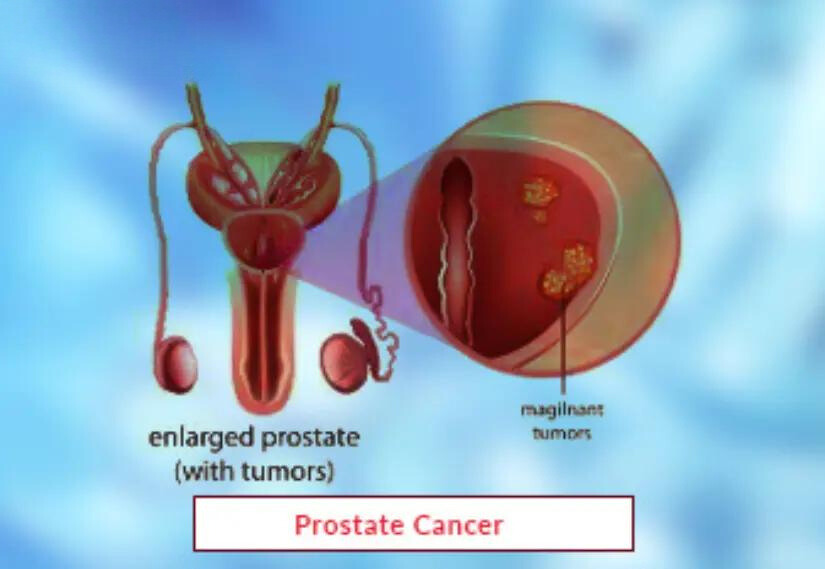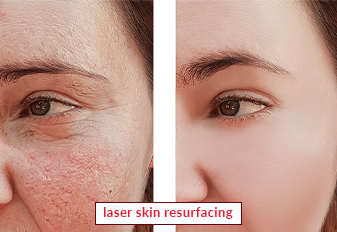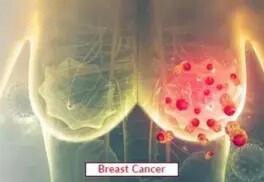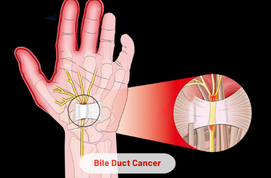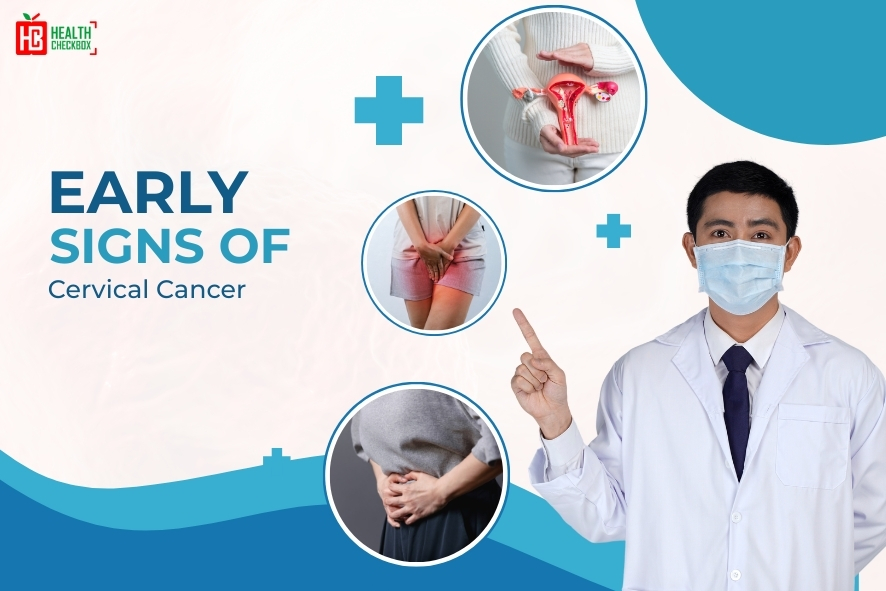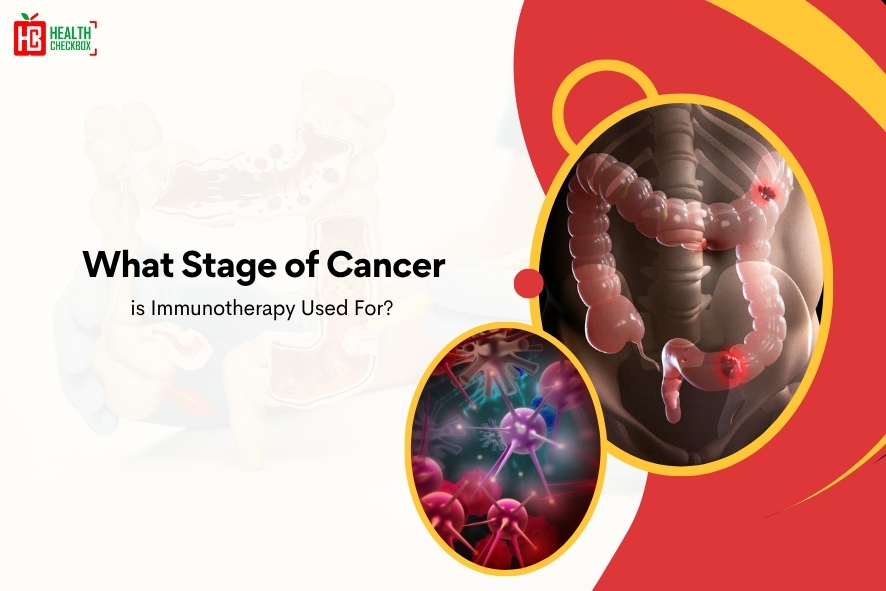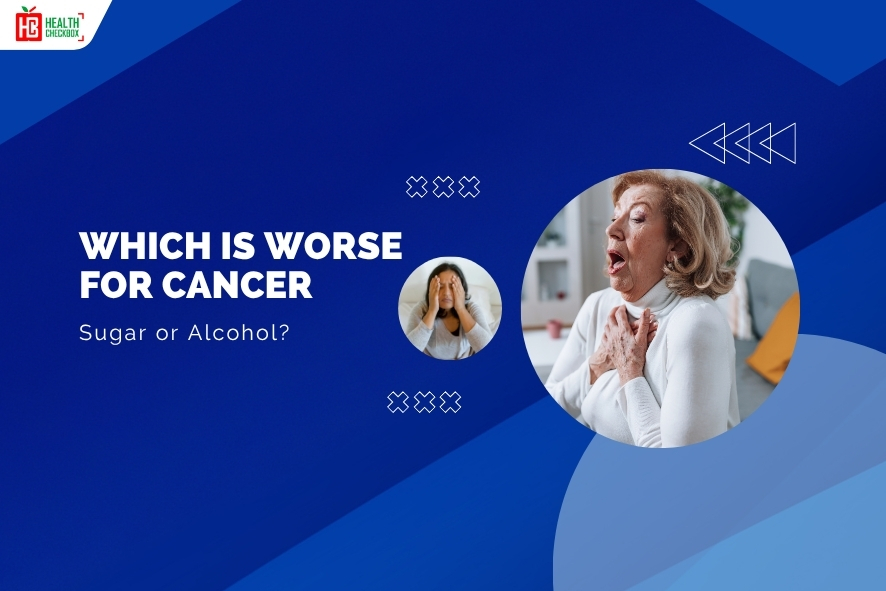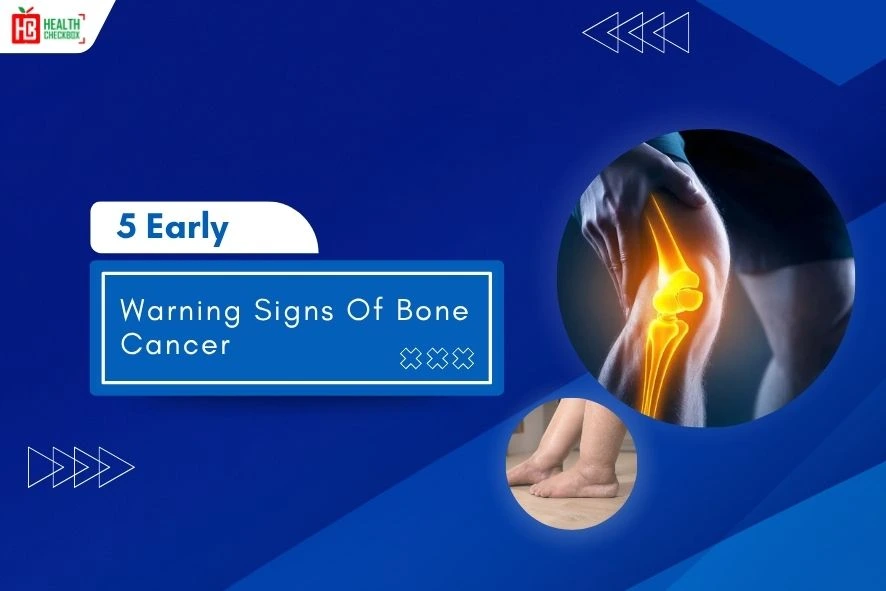Tuberculosis or TB is a degenerative condition that affects the lungs. The bacteria known as “Mycobacterium tuberculosis” cause this illness. Besides, this condition may cause health problem in other organs that include:
- the kidneys,
- spine or
- brain.
Latent TB or inactive TB is the term for a bacterium infection in which your body does not show any symptoms. TB is dormant inside your body despite the fact that it may seem to be gone. You have active tuberculosis if you are infected and show communicative symptoms.
Types of TB
TB is classified into two types:
- latent TB (inactive and non-contagious) and
- active TB (infectious and requiring immediate treatment).
Is TB a Common Disease?
Tuberculosis is a prevalent ill-health. And it affects people globally. Nearly 25 % of the people living on planet Earth have been infected with tuberculosis bacteria.
As per the WHO report in 2023, 10,096 casualties were estimated with this condition.
Causes of TB
This ill-health is a contagious condition. Listed below are some causes:
1. Contact with an infected person:
- TB is transmitted through close contact with people who have an active condition.
2. Environmental factors:
- Overcrowded and poorly ventilated areas increase the risk for this condition.
- People with HIV or other impaired immune systems are more likely to get this condition.
Symptoms
Typical signs and symptoms include:
- Fever
- Loss of weight that is unaccountable
- Sweating at night
- Coughing up sputum or blood
- Coughing for more than three weeks and at times it can include blood or mucus
- Pain in the chest
Diagnosis
A patient history is first hand information that lets the healthcare experts identify the patient’s exposure to this condition.
The following tests can be used to find out whether your lungs are infected or if an infection is active:
- Laboratory examinations of lung fluid and sputum.
- CT scans, or computed tomography.
- Chest X-ray.
Risks
Individuals are at risk, and these include:
- Individuals with a feeble immune system are at high risk of acquiring this condition.
- Smoking, consuming alcohol, or taking injection drugs-all of these lead to TB.
- Those who have kidney problems, are diabetic, or have other chronic illnesses are at a greater risk of contracting this ill-health.
- The risk of active tuberculosis disease is higher in older persons.
- Recipients of organ transplants.
- Those who are undergoing chemotherapy treatments for cancer.
Treatment Options
Your health care practitioner will discuss the following details about your treatment plan:
- Types of medications
- Amount of medication
- Time frame for medicine
- Ways to monitor the side effects of medications
1) Before TB Treatment
a) Diagnosis:
- To examine the presence of tuberculosis, healthcare people will conduct various tests. It can include:
- chest X-ray,
- skin or blood test, and
- sputum test.
b) Identify the type of TB:
- If it is latent TB or active TB.
c) Treatment Planning:
- Depending on the type of tuberculosis,your health condition, your doctor will devise a suitable plan.
2) During TB Treatment:
a) Taking Antibiotics:
- TB treatment typically consists of a mixture of four primary antibiotics and these medications are administered for 6-9 months.
- isoniazid,
- rifampin,
- ethambutol, and
- pyrazinamide.
- TB treatment typically consists of a mixture of four primary antibiotics and these medications are administered for 6-9 months.
b) Daily Doses:
- You will take the medications as instructed. Even if you begin to feel better, it is critical to take each dose on time and without fail.
c) Day-to-day Checkups:
- Your doctor will plan regular visits to check on your progress and monitor side effects. Blood tests and other tests may be performed to ensure that your liver and other organs are in good health.
d) How to Overcome Side Effects:
- Certain people may develop nausea, joint pain, or eyesight abnormalities. If you detect any unexpected symptoms, please notify your doctor, who may change your therapy.
3) After TB Treatment:
a) Finishing the Course:
- Completing the entire course of medication is essential. Even if you feel better before the end. Stopping too soon can lead to the infection recurring. And making the bacteria resistant to therapy.
b) Follow-Up testing:
- Once the treatment is completed, the doctor will perform follow-up testing. It will ensure that the infection has been eliminated and your lungs are clear.
- Keep an eye out for recurrence of symptoms after treatment. TB can recur in certain cases, so it’s critical to visit a doctor if symptoms return.
Prevention
Unless you are in contact with someone who has active tuberculosis for a long time, your chances of acquiring this condition are scarce.
Follow the infection prevention principles such as:
- Wash your hands thoroughly and steadily.
- Make sure to cover your mouth when you cough.
- Avoiding direct interaction with others.
- Make it a point to take all your medications correctly.
- Good ventilation and the use of appropriate personal protective equipment in hospitals make sure to avoid the spread of TB.
Latest Health Tips
Can Immunotherapy Cure Stage 4 Lung Cancer?
Early Signs of Cervical Cancer
Foods that Kill Cancer: Leafy Vegetables, Grains, & More
What Stage of Cancer is Immunotherapy Used For?
Which is Worse for Cancer, Sugar or Alcohol?
Vaccines That Prevent Cancer
What Kills Cancer Cells in the Body Naturally?
5 Early Warning Signs of Bone Cancer
Submit Your Enquiry
Testimonials








